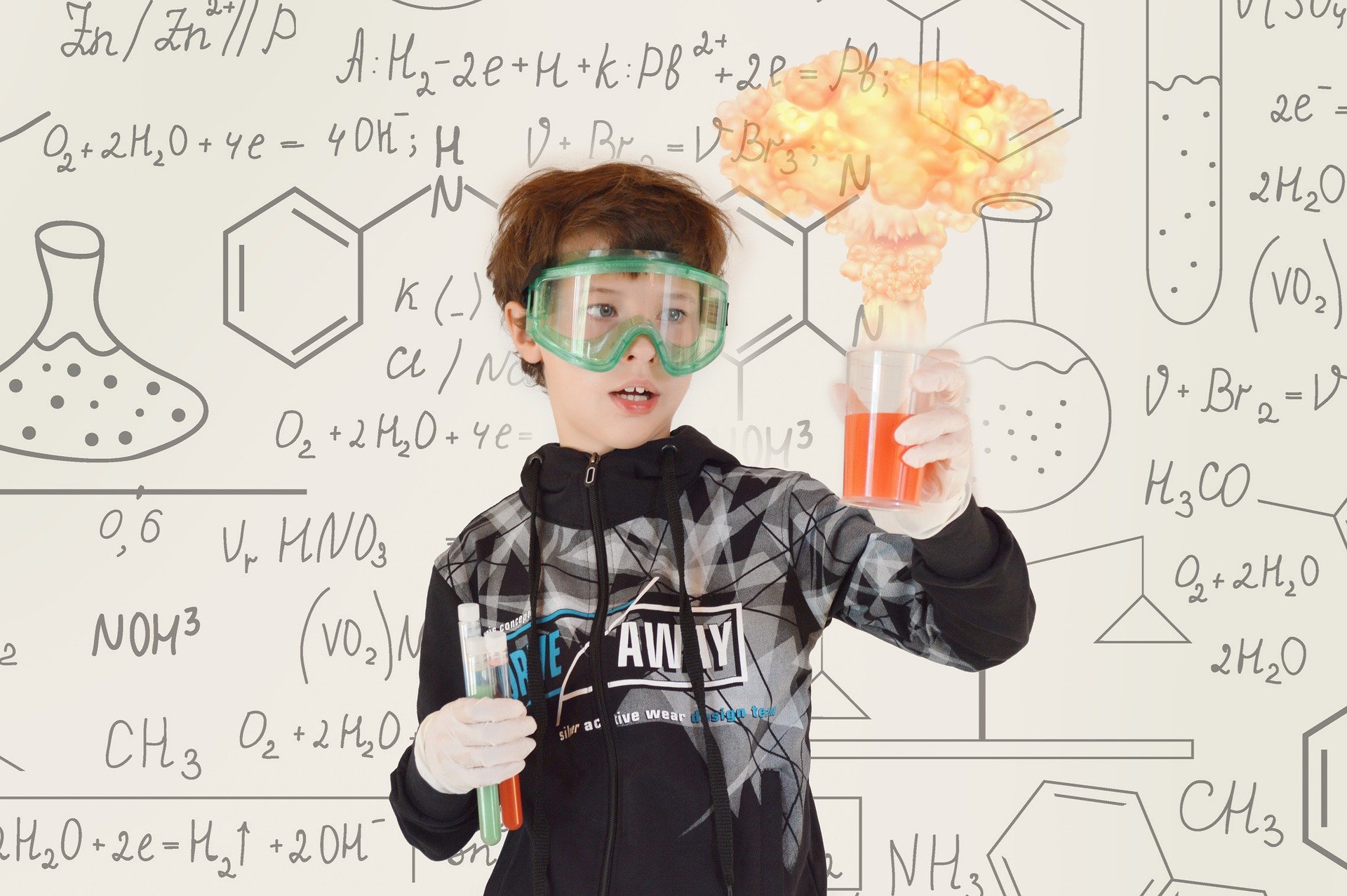It can be challenging to get pupils to engage with science. Somewhat ate the ways to make science lessons more engaging. Out top, five ways are interactive lessons, edtech, lessons beyond the classroom, live application of the science lesson material, and use real data.
Science is the key to the future success of the human race. We need more scientists, and to get them, we need to ignite kids passion for science in the classroom. School can help pupils accumulate valuable science capital by helping to build a positive attitude and gather scientific knowledge. Moreover, the school can help a learner create a virtual social scientific network and connect with science in practice.
Ok, so what are the ways to make science lessons more engaging?
1. Interactive lessons
Do you know many universities and large companies have funded outreach programmes? These will help you to get a good start in making science real. Book a visit to a programme with hands-on science activities in a real physics, chemistry lab or biology labs. Help you, learners, to create a new contact by arranging valuable placement and opportunities for independent learning.

2. Use Edtech tools
Yes, the whiteboard will never let you down but do not underestimate the power of a good tech tool. Kids love them because it is generation Zen’s way of life. Work with them and let go of your fears. Technology has come a long way, and it is one way to make science lessons more engaging. A book creating comprehensive and up Bookcreator is excellent for self-published science books that pupils can create. The quiz programme Kahoot get everyone to create and participate in fun and interactive quizzes. Tutorful has listed not one, not two, but 82 edtech tools.

3. Science lesson outside the classroom
Integrating outdoor learning in science has been on the UK’s government agenda for nearly a decade. Outdoor learning is recognised as one way to ignite learners’ imagination and relate somewhat rich theoretical content to the real-life situation found in nature. STEM.org suggest many exciting ideas. For example, the physics topic of distance/time and speed/time graphs best learned when it includes a whole class running in the school field. Likewise, students can observe constructive and destructive interference by throwing different stones and watching the ripples in a pond (or paddling pool). In chemistry, students can collect other plant leaves and flowers to extract the pigment and study the various pigments involved in photosynthesis using thin-layer chromatography (TLC).

4.Live application of the science lesson material
You can also bring live events into the science classroom. Hamilton trust has some fantastic ideas for year one science lessons. Melt some ice, build a house using a range of magnetic materials, get the learner to use their bodies to study how a human body works. A range of science event companies can bring wow to the classroom. Search for a range of exciting hands-on workshops such as Mother Nature Science, Working Science or Chemistry, Physics and Biology Made Easy with MyScienceFun

5.Using real data
Real data makes science real. Visit National Geographic to get hold of some fist class ideas about using real data in scientific studies and experiment. For example, in a lesson about geospatial data analysis, the pupils can conduct plastic waste collection in their school. To improve the practice of waste handling, the learners can also do interview questions. A lot of data is available on the government statistics website, such as https://data.gov.uk/ or https://www.data.gov/. For more government data depository ideas, visit LinkedIn lost ‘Ten sources of free big data on Internet’ by Alan Brown. More information on scientific data source is available on the Resources for Education website.

